Juniper (heather, juniper) is a coniferous shrub that belongs to the family of evergreens, the cypress family. Ancient plant. Its modern Russian name has the pro-Slavic root "juniper" (translated - knit or weave). In the wild, the distribution area is mainly the northern hemisphere. Wherever there are forest-steppes: western and eastern Siberia, the European part of Russia, other European countries, North America.
Content
- 1 Description and characteristics of the plant
- 2 Juniper Varieties
- 3 Planting material
- 4 Where to plant a shrub
- 5 What should be the soil: preparing the soil
- 6 Juniper planting in the fall
- 7 Propagation by cuttings
- 8 Seed planting
- 9 How to care
- 10 Juniper cold season
- 11 Why culture does not take root
- 12 Florist Tips
Description and characteristics of the plant
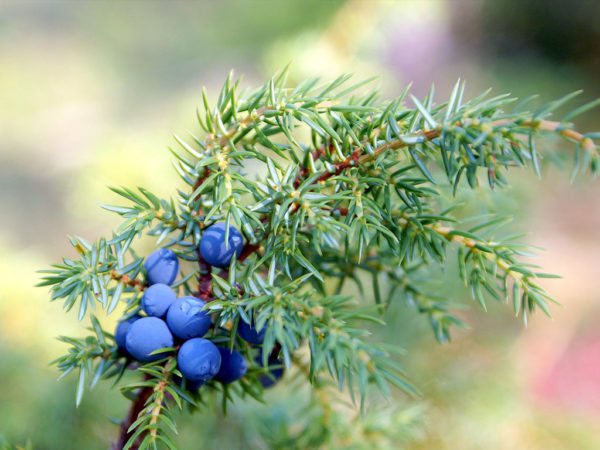 The period of life is 400-500 years. Height can reach 30 meters, but different types are classified: low, medium, high growth. In the Russian climate, undersized up to 1 meter is more common. It is well suited for decorating a personal plot, like thuja.
The period of life is 400-500 years. Height can reach 30 meters, but different types are classified: low, medium, high growth. In the Russian climate, undersized up to 1 meter is more common. It is well suited for decorating a personal plot, like thuja.
Juniper buds with almost no scales, sometimes they are shrouded in leaves. A whorl of needles with a longitudinal groove. In young plants, the leaves are needles, with time they become scale-like. The needles are the same as all cypress needles: green-blue in color, with 3 edges and sharp ends.
Spikelets are of two sexes. Male - paired stamens, covered with scales with anthers that easily come off. The female spikelet consists of a single whorl or 4-6 whorls of carpels with 2 kidneys.
Juniper Varieties
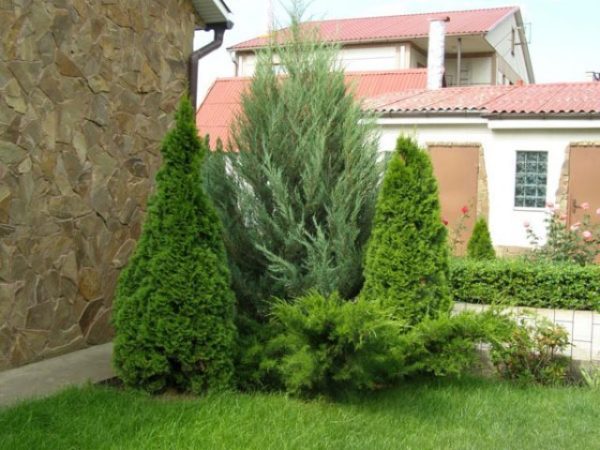 In nature, there are many species of this shrub. Consider the main ones.
In nature, there are many species of this shrub. Consider the main ones.
Tall varieties
- Virginia. It grows up to 25-30 m. A small diameter - 1.3-1.5 meters, with a short green needles. The cones are blue.
- Ordinary. Great for hedges. Height up to 3 meters, strong smell of needles. Branches do not grow quite symmetrically, outweighing on one side.
- Chinese. Grows in the shape of a cone, length 20-25 meters. It has a long and thin needles of bright green color. Fruits are dark shades of brown. It tolerates frosts.
- Hard seed is a rare representative. It is entered in the red book. Moisture-resistant, not subject to decay. 5-10 m height. Needles 3 mm green with a blue tint.
- Solid. The owner of the most magnificent crown. The color is emerald with a yellowish tinge. In nature, grows on rocky terrain.
Undersized
- Golden carpet (15-30 cm) creates a beautiful yellow cover of needles, creeping plant up to 2 meters in diameter. If you plant it in the shade, and not in a sunny place, then the needles acquire a classic green shade for them.
- Lemon (up to 40 cm). The branches, as it were, are lifted up, puffing. It has a lime tint of yellow if it grows in a well-lit place.
- Nana (up to 50 cm). With soft needles, the color of fresh herbs. Does not accept too shaded places. Extremely unpretentious care. It tolerates low temperatures.
- The Prince of Wales is a fabulously beautiful bluish, with scaly needles.
- Tamariscipolia - blue needles with a silver tint.
Planting material
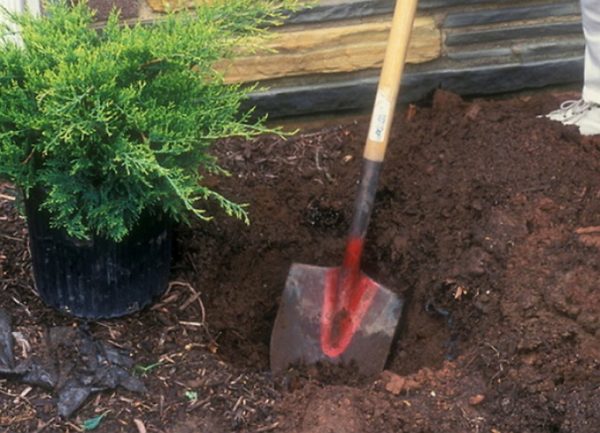 Seedlings are selected in late summer - early autumn. This is the most favorable time for planting juniper. There should be no frost and, conversely, heat. It is best to purchase them in a specialized chain of stores for gardeners and gardeners. Buy 3-year-old plants, researching for diseases.
Seedlings are selected in late summer - early autumn. This is the most favorable time for planting juniper. There should be no frost and, conversely, heat. It is best to purchase them in a specialized chain of stores for gardeners and gardeners. Buy 3-year-old plants, researching for diseases.
Alarming signs at the time of purchase: faded twigs, a yellowish shade of needles (unless it is provided for in this variety, for example, Golden Carpet), damage, a lump of soil crumbles and does not hold its shape, there are fragments of the root.
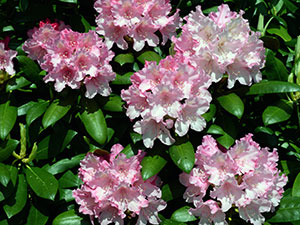 You may be interested in:
You may be interested in:Healthy seedling:
- with fresh elastic needles;
- with a large earthen lump that fills the entire bag or container;
- the root system is not damaged;
- the color of the needles corresponds to the variety;
- no pieces of root or broken branches.
Where to plant a shrub
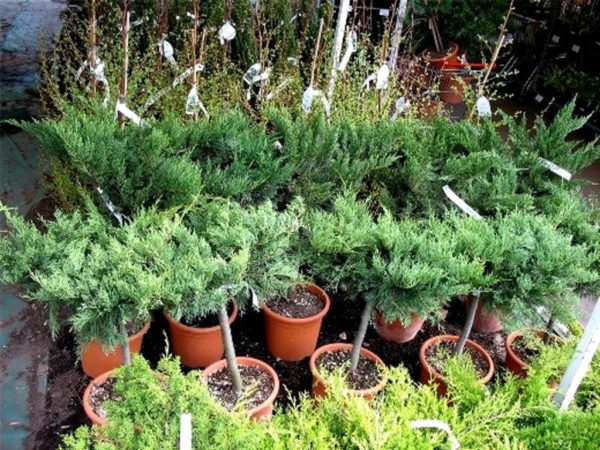 Choose a place for juniper, depending on the type of plant. In general, this should be a platform, well-lit or partial shade. Otherwise, there are no requirements.
Choose a place for juniper, depending on the type of plant. In general, this should be a platform, well-lit or partial shade. Otherwise, there are no requirements.
What should be the soil: preparing the soil
The first rule on how to plant juniper in the fall is pre-fertilizing the ground. The soil for the varieties: juniper ordinary, Asian and Cossack should be with a pH above 7. This is achieved by adding slaked lime or dolomite flour.
All other species grow better in acidic soil. Such it becomes when fertilized with organic substances: manure, compost, mulching.
Juniper planting in the fall
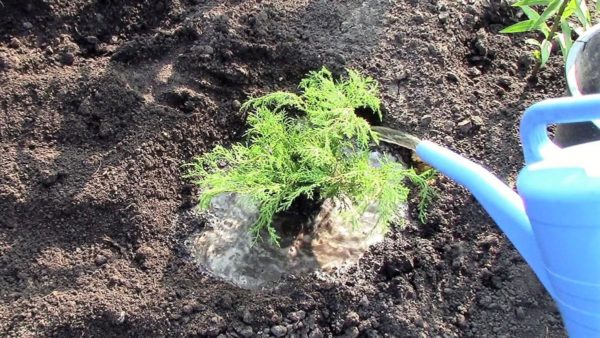 It is best to plant a plant in spring or autumn, observing technology. Determine the acidity of the soil. This can be done using a pH meter device, or by the presence of weeds of certain varieties.
It is best to plant a plant in spring or autumn, observing technology. Determine the acidity of the soil. This can be done using a pH meter device, or by the presence of weeds of certain varieties.
| pH value | Weed grass | Juniper varieties suitable for soil with this pH |
|
3-4 strongly acid |
Horsetail, sorrel, plantain, ponytail |
Chinese |
|
4-5 sour |
Clover, bindweed |
Other |
|
6-7 neutral |
Nettle | Other |
|
Above 7 alkaline |
White sandman, poppy | Ordinary, Cossack, Central Asian. |
Properly planted juniper will help follow the step-by-step instructions:
- fertilize;
- watering;
- prepare holes deep into 15 cm;
- small pebbles or broken bricks fall into the pit bottom;
- pour a mixture of sand, clay soil, peat and leave for 14 days;
- have a seedling, trying not to injure it, and the stem should be 5 cm above the soil level;
- fall asleep with earth.
Propagation by cuttings
This method is the most used. Planting material is harvested in March. Processes are selected where there are several nodules. They break off the branches, so that at this place a piece of bark is preserved. Smeared with a special root-forming solution and plant in humus or mixture (1 part sand, 1 part soil, 1 part peat). Sprinkle with sand. The root system will appear in 6 months. Transplantation can be done after 18 months.
Seed planting
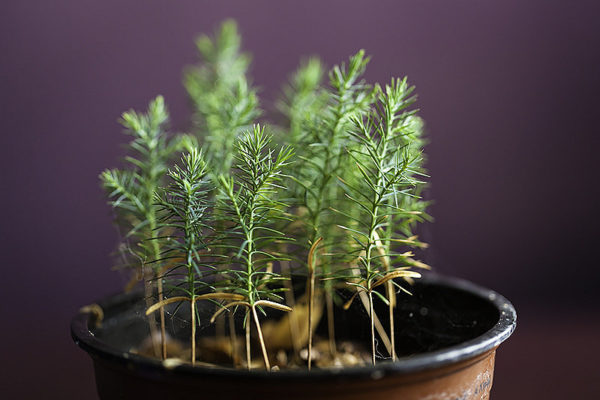 Juniper seeds are taken from adult fruit crops. When the berries begin to darken. They are subjected to heat and mechanical treatment. They are kept in the freezer for several months. Do this so that the bush can withstand low temperatures. Only then can it be planted on open ground. This process is called stratification.
Juniper seeds are taken from adult fruit crops. When the berries begin to darken. They are subjected to heat and mechanical treatment. They are kept in the freezer for several months. Do this so that the bush can withstand low temperatures. Only then can it be planted on open ground. This process is called stratification.
Do it yourself: take a mixture of peat, moss, sand about 10 liters. Divided into two parts. First, put one part in a box, sow the seeds, and fill in the top completely with the second.The box is put on the street for the winter so that it is covered with snow. In May, you can plant in the garden. Regularly weed, loosen and water until full-grown seedlings grow.
How to care
The plant is persistent. Perfectly experiencing severe frosts, sultry heat. When planting, the juniper needs to be abundantly watered. Water once a week for the first year. Then you can not water at all.
There are special rules for leaving immediately after planting:
- Mulching peat with sawdust. The thickness of the protective cover should be 4 cm.
- Feed the nitroammophos (50 grams are diluted in a bucket of water and watered under the root).
- Regular irrigation is not necessary. Only during dry weather.
- In the morning and evening, spray the crown with a shower head or spray.
- Dry, sluggish twigs trimmed.
Juniper cold season
To survive the coniferous handsome winter, create a special protective shelter, before the first frosts. This is important for a young plant in the first year after planting in the soil. Parchment paper, spunbond (synthetic non-woven material) and cotton fabric are used as such cover. They wrap everything in two layers, tie it with a rope, leaving 10 cm below. It is not necessary to put a screen on a young seedling. Enough of such coverage.
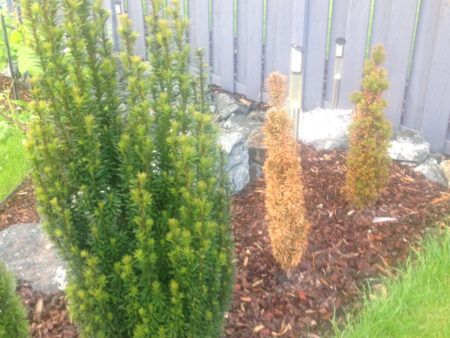 You may be interested in:
You may be interested in:Why culture does not take root
Juniper can disappear if an old plant was used as a seedling. Since its roots are inevitably damaged, and they heal for a very long time. Moreover, the variety is ordinary. Low-growing varieties are easier to grow.
If the recommendations for the plant variety are not followed, the juniper poorly takes root. There are heat-loving varieties that do not tolerate frost, acidic soil, etc.
Florist Tips
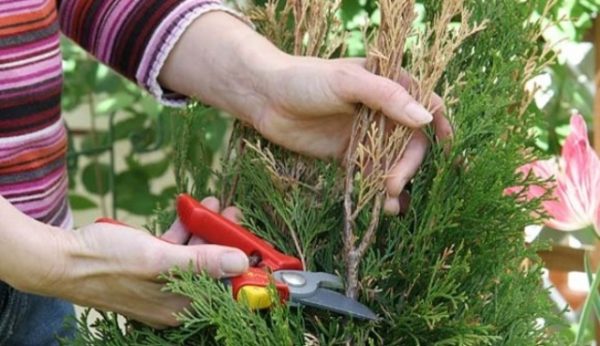 Damaged branches with sultry heat or long frosts are cut to the level of a healthy site. Clay is added to the ground, which contains a lot of sand, or is very dry. If the needles are sprayed with ordinary water, they will retain elasticity and freshness for longer.
Damaged branches with sultry heat or long frosts are cut to the level of a healthy site. Clay is added to the ground, which contains a lot of sand, or is very dry. If the needles are sprayed with ordinary water, they will retain elasticity and freshness for longer.
To plant an evergreen coniferous plant in your area is a very wise decision. Indeed, in addition to the pleasant smell, it is beneficial - it has a bactericidal property (it kills bacteria). The branches are cut and placed in the room where the patient with asthma lives, or SARS. From the variety of varieties of juniper bush, it is easy to choose the one that suits the specific idea or idea of its owner.

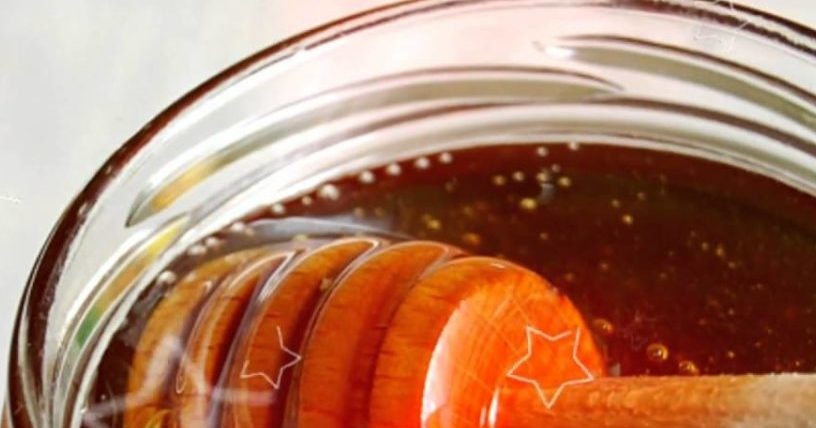
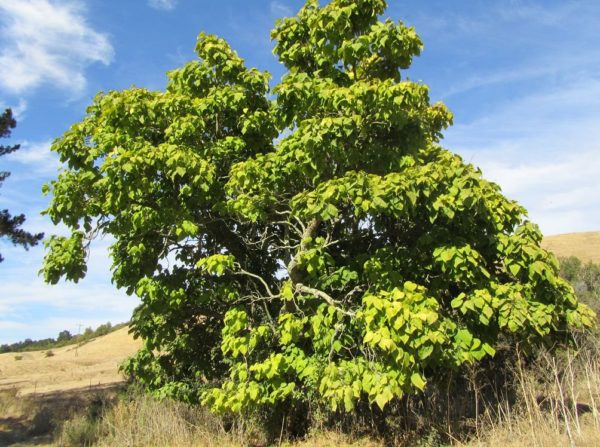
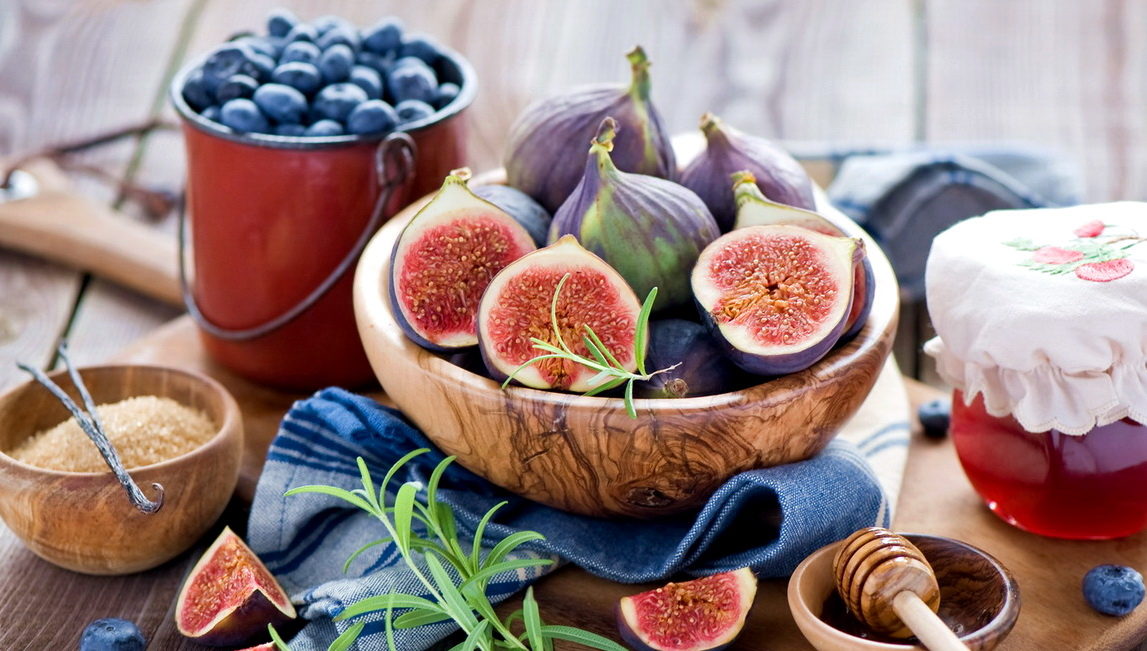
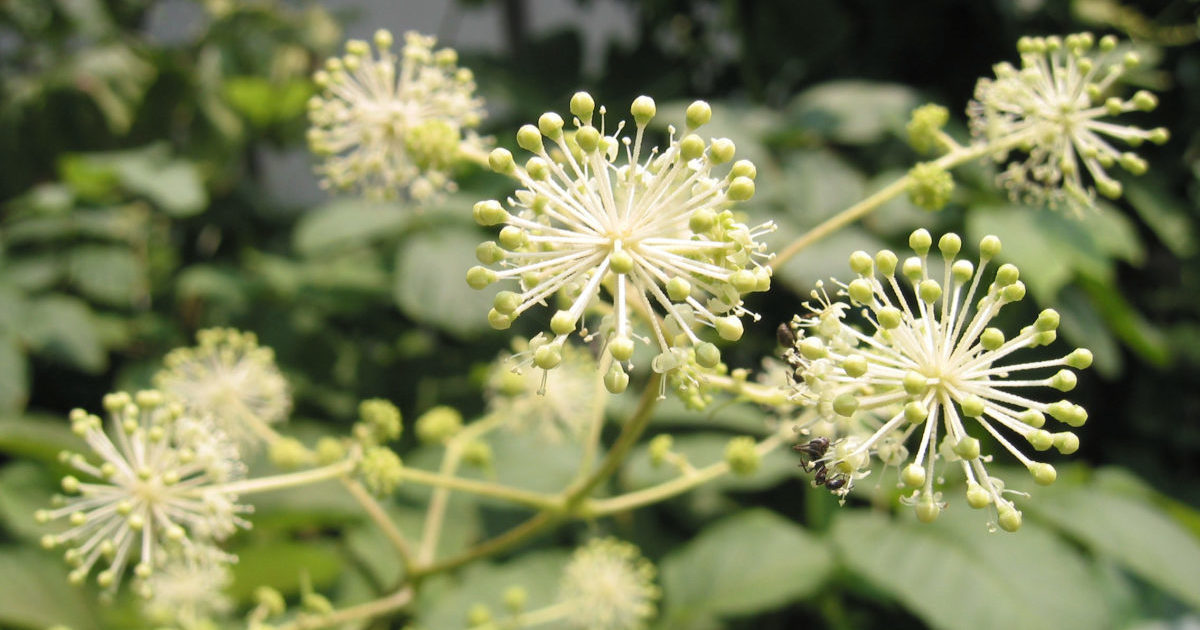 Aralia Manchurian - medicinal properties and contraindications, the use of tinctures in bodybuilding
Aralia Manchurian - medicinal properties and contraindications, the use of tinctures in bodybuilding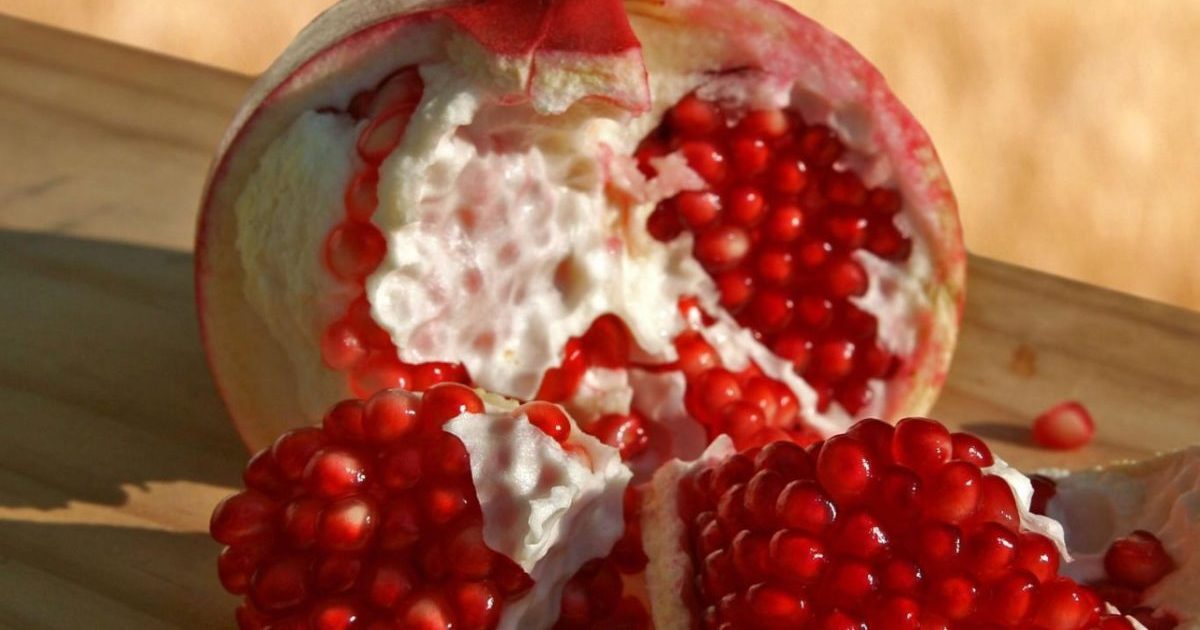 Seedless pomegranate - cutaway appearance, benefits and harms
Seedless pomegranate - cutaway appearance, benefits and harms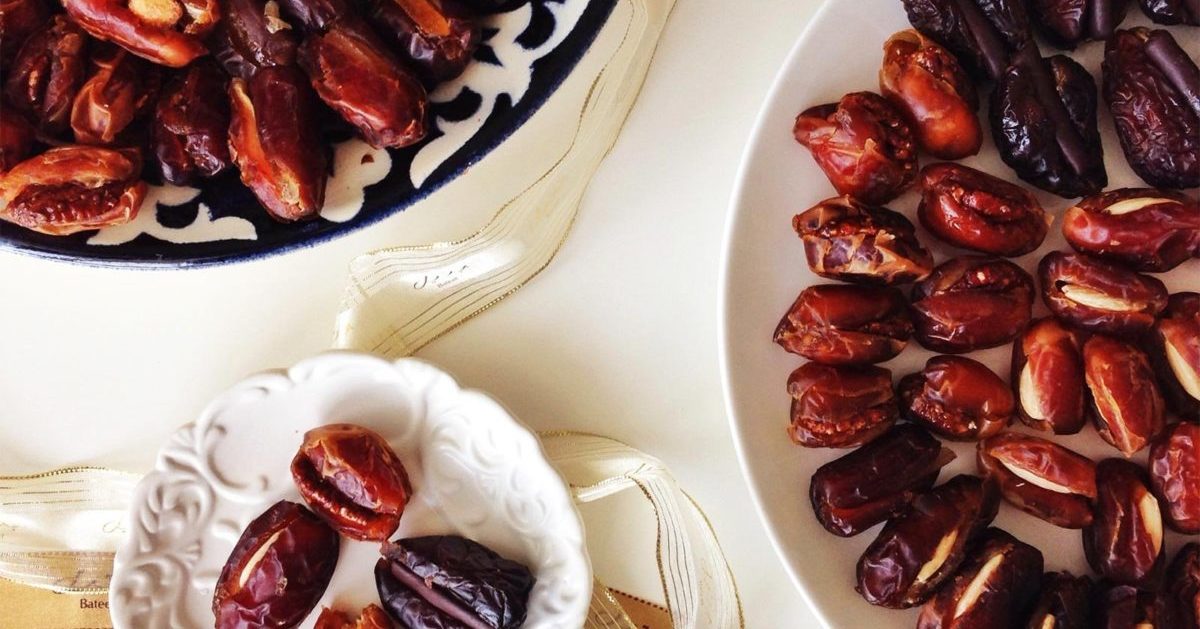 Dates - benefits and harm to the body, how much you need to eat, properties and calorie content
Dates - benefits and harm to the body, how much you need to eat, properties and calorie content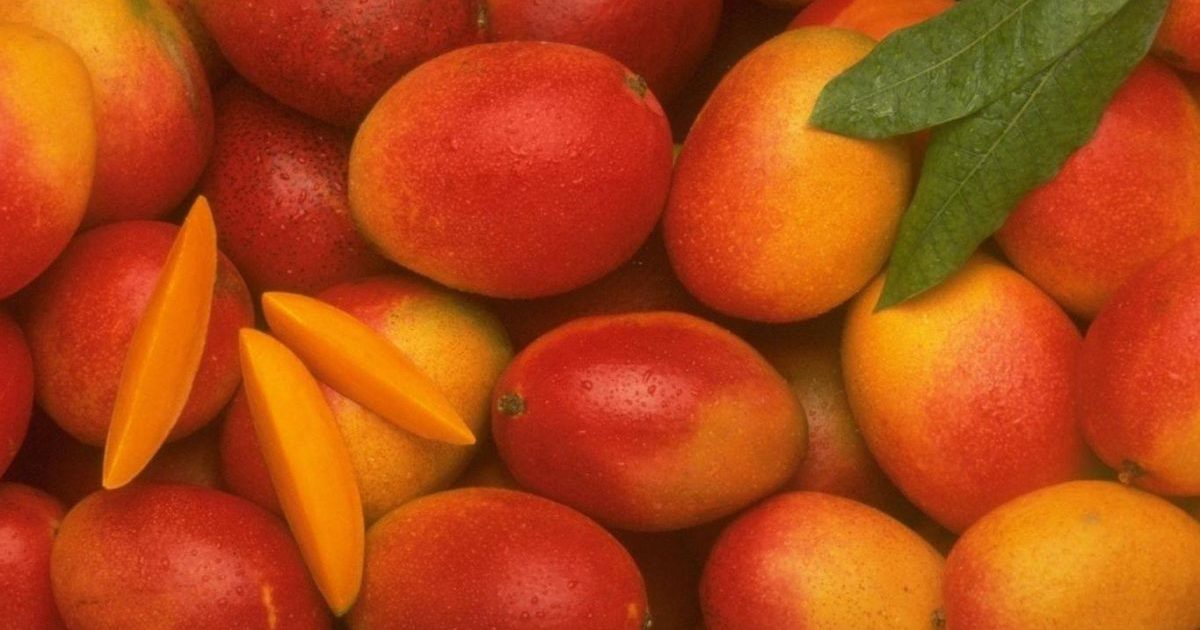 The benefits and harms of mangoes for women and men - how to eat it?
The benefits and harms of mangoes for women and men - how to eat it?